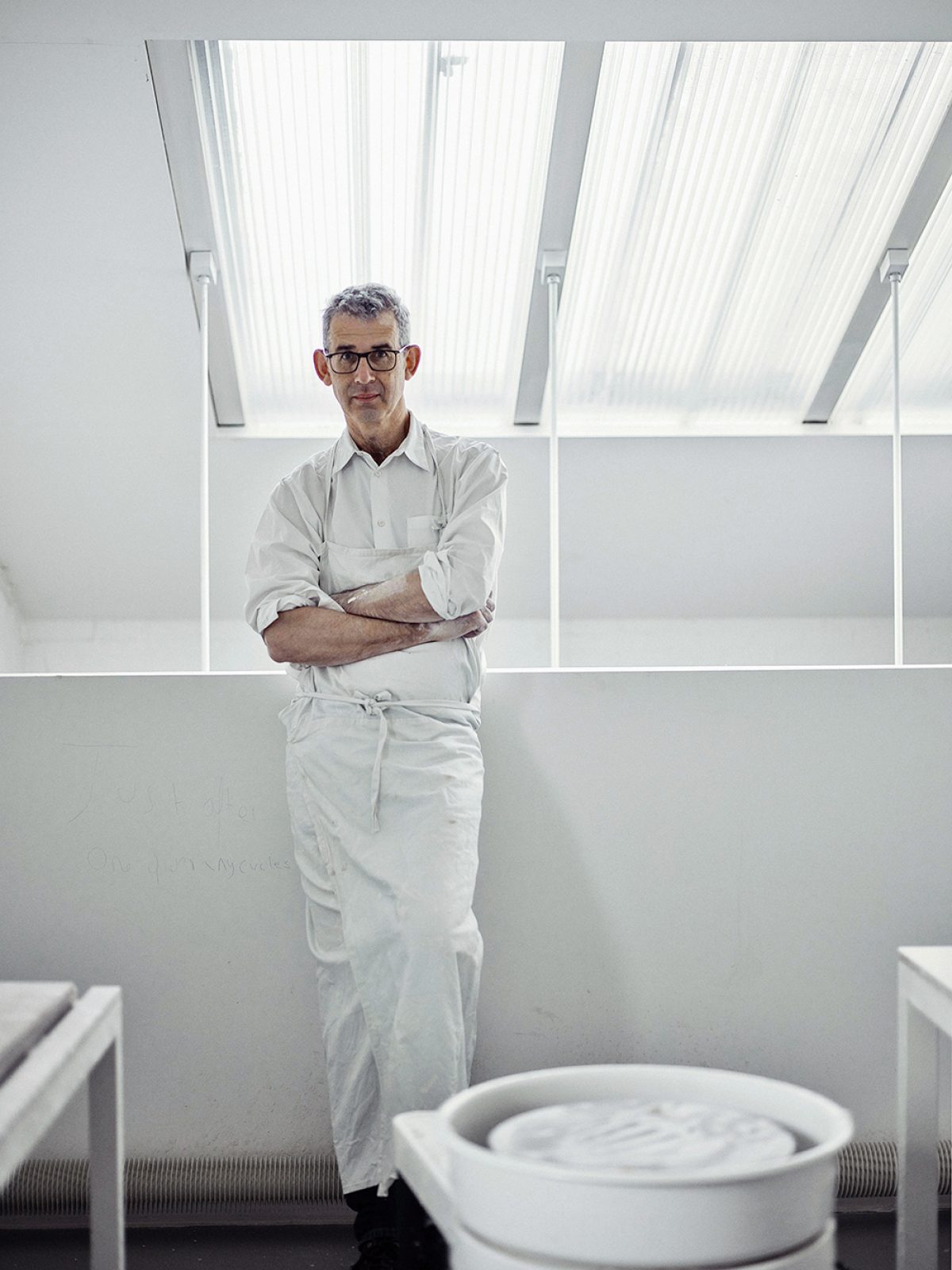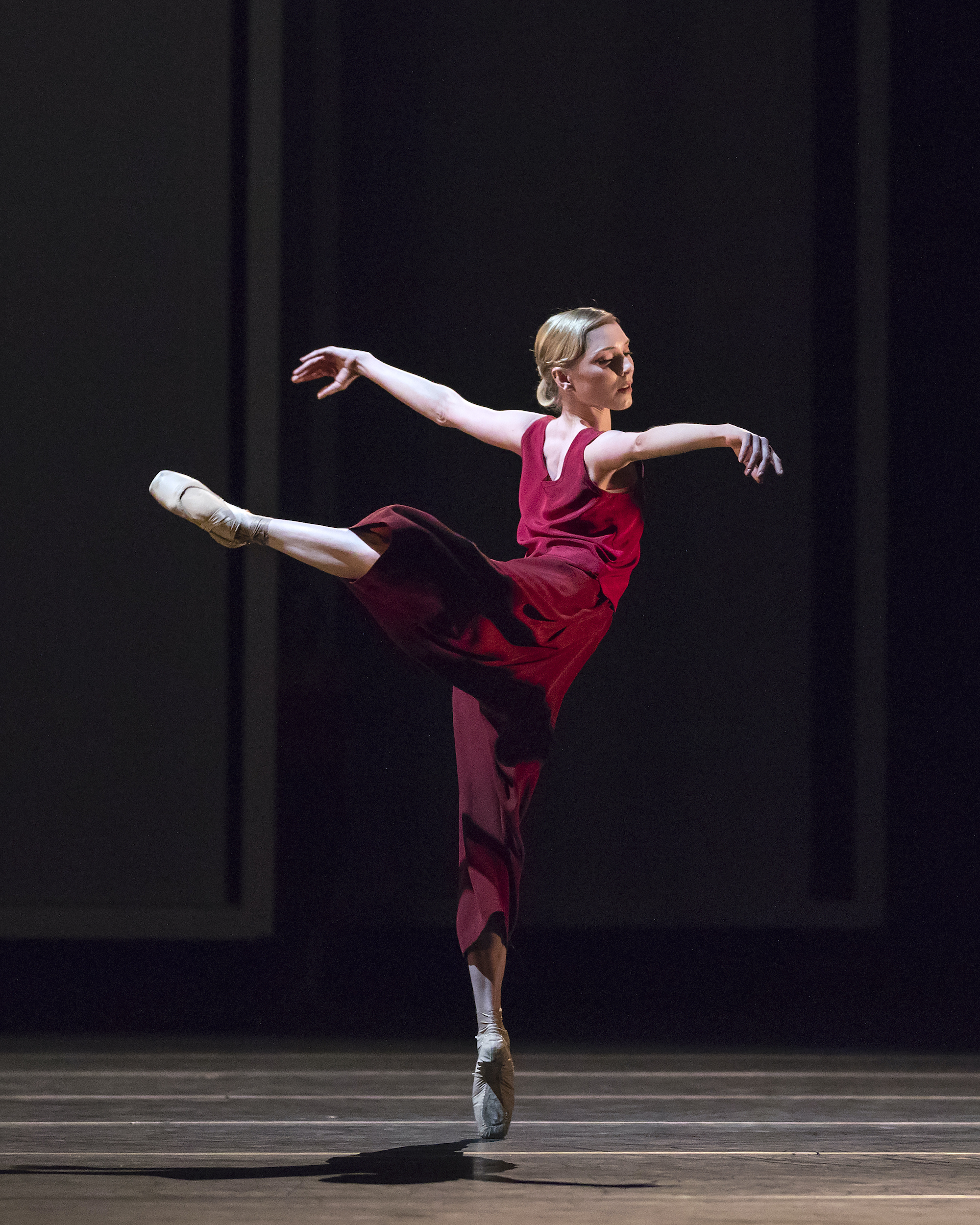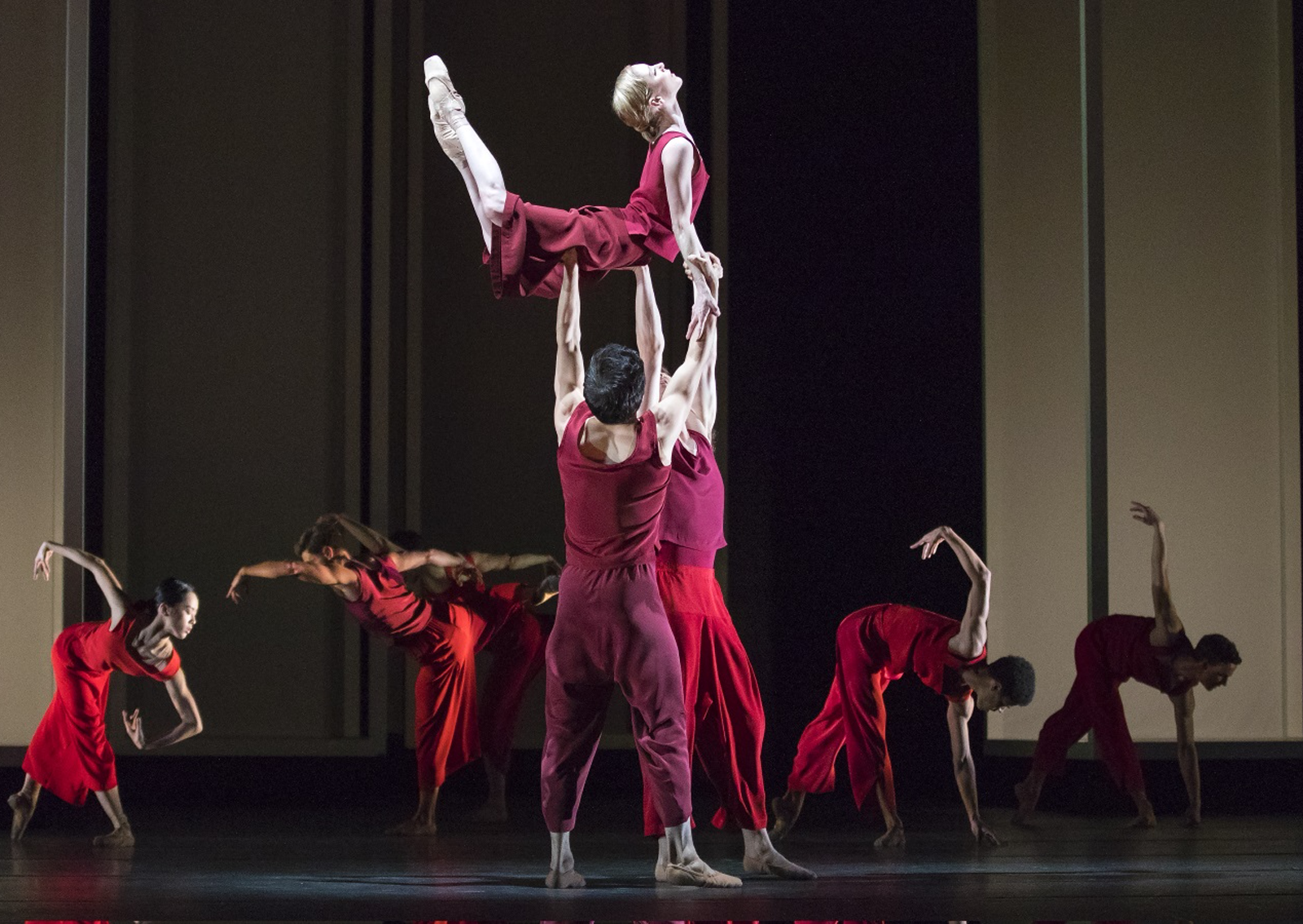
Poetry in Motion: Edmund de Waal on his set designs for Yugen
Almost 18 months ago (at the end of 2016 – ed.), I received a letter from Wayne McGregor. ‘I have a collaborative project I would like to share with you.’ Would I be interested in working on a piece based on the psalms?
I love Wayne’s work. He is one of those figures who seems to thrive on collaboration, joining forces with a kaleidoscopic series of musicians, architects, scientists, writers and visual artists. His Woolf Works at The Royal Opera House, using the writings of Virginia Woolf, had deeply affected me.
But the letter came out of the blue. I’d never worked with a choreographer, never designed for a stage. But I’d grown up with the psalms and was planning an installation based around them for the Ghetto in Venice. I said yes. I said yes and then read the contract. And then I wrote in my notebook that all good collaboration contains risk.
Ideas in motion
So this is how I found myself at the first rehearsal on a February Monday morning in the Ashton studio at the Royal Opera House, a top-lit space with grey floors, mirrors, a deep silence. There is a window into a corridor, and faces appear at intervals. Today there are three dancers, Sarah, Matt and Olivia – it should have been four but one is injured, a reminder of the profoundly taxing world that dancers live in. There’s also Amanda, who, miraculously, takes notes of the unfolding movements. And Wayne. I sit on the floor with a notebook, trying to disappear. I start by trying to write down what I see and hear, but that feels too intrusive. So I sit.
Wayne starts with one particular movement. And then he says, ‘Can you move here?’ He shows, describes, and intimates, a long, lithe black shape always in motion around the pair of dancers. It’s a series of touches, an exchange of energy, a pulse. And a conversation of request and enquiry, a checking of aspiration against the particularity of these two people and their own knowledge. I love this. I’d expected a more didactic process but this is exploratory and testing. ‘Keep the air,’ he says. ‘Keep the negative space between bodies.’ ‘Your hands should be touching the heads of children.’ ‘This part is like walking in sand.’ ‘Bless the floor here.’
And after an hour of repetition, there is a minute of dance.
What I’m seeing is ideas in motion, a shape-shifting, a breathing through the flow of images into a language for this new work, Chichester Psalms.


Bernstein
My practice is grounded in the solitary making of pots, but the range of projects I do means that my studio hosts a cheerful ebb and flow of people. However, on Fridays I have the place to myself. It is an essential day when I work out what I’m doing. For the past year I’ve played the Chichester Psalms loudly. And worked on how to stage it, how to help create a place for movement and voice that works with these hauntingly beautiful texts.
The Chichester Psalms were commissioned from Leonard Bernstein in 1965 by the Very Rev. Walter Hussey, the Dean of Chichester Cathedral. He was a truly unusual Anglican clergyman, a passionate advocate for the place of the contemporary arts in the Church, arguing that there was an imperative to bring the most radical artists, poets and composers into connections with Christianity. In his parish in Northampton in the 1940s, he had persuaded Henry Moore to carve a Madonna and Child and Benjamin Britten to compose an anthem. At Chichester, he initiated remarkable commissions of painting from Graham Sutherland and stained glass from Marc Chagall. This was visionary stuff.
Bernstein was famous and Jewish, like Chagall. His Young People’s Concerts, where he articulated the inner meanings of music with chutzpah, had given him an extraordinary platform. West Side Story was a storied success. And he had conducted President Kennedy’s pre-inaugural gala and Mahler’s Resurrection Symphony the day after his assassination, later composing the Kaddish symphony in his memory, a threnody for extinguished hope. The personal and the national were intertwined. For Chichester, he set six psalms in three movements, to be sung in Hebrew. A boy treble sings solo alongside the choir in an echo of the psalms’ origin as the ‘Songs of David’. Bernstein was explicit he had written this part ‘with boys’ voices in mind’. The work begins with a powerful, declamatory introduction, which translates to: ‘Awake, psaltery and harp: I will rouse the dawn!’ Timpani and a harp explore with the first dramatic sounds. The psalms themselves span the troubled – ‘Why do the nations rage, and the people imagine a vain thing? The kings of the earth set themselves, and the rules take counsel together, against the Lord’ – to the affirmative: ‘I will dwell in the house of the Lord forever.’ These psalms keep moving between the singular and the plural, the solitary voice and the tribal. This was my key.
Places of refuge and pause
This is personal. I grew up in cathedrals, first Lincoln, and then Canterbury, as part of a clergy family. I heard the psalms as part of the day-to-day rhythm of the services: they were embedded in matins in the mornings and evensong at the end of the afternoon, the echoes of the great monastic series of eight offices (prayer services) that spanned the day and the night before the Reformation. My brothers and I used to borrow a key at night and explore the cathedral, the floodlights burning strange itinerant shadows into the building. One memorable night 40 years ago, we heard the monks from Bec Abbey in Normandy sing the psalms in Canterbury Cathedral for the first time in 500 years.
How music works across spaces, how light moves, became part of my life. I’ve used porcelain vessels to create installations – grouping them in domestic spaces, the dome of a museum, galleries. The choreography of objects, how they work in rhythm and with dynamics of pause and release, is what I do. But when thinking of bodies in space I kept returning to the images of bodies paused in mid-flight – the photographs from the 1950s of the young radical choreographer Merce Cunningham at Black Mountain College in North Carolina, where he becomes a kind of graphic mark, like a Chinese brushstroke on a scroll. I wondered if it was possible to create structures for the dancer, places of refuge and pause. They needed to be beautiful, exactingly so. I wanted them to flare into light – to act as light boxes on a stage that has been stripped back to its vast blackness. They had to be visible to the complex sight lines. And moveable – this is a co-production with Dutch National Ballet – and storable and affordable. And ready for first night.

Collaborations
So, in the year before the premiere at The Royal Opera House, I spent time with Wayne both in his extraordinary new space in Stratford in the Queen Elizabeth Olympic Park – created by the architectural practice WeNotI – and getting to know the Royal Opera House in Covent Garden. It is less a building and more a story written by Jorge Luis Borges, a labyrinth of skills and knowledge. Get lost and you end up in the armoury; or the dye shop, where vats of colour are being stirred; or in a rehearsal for Carmen, as I did, to my embarrassment. One corridor ends in baroque gowns, another in dancers stretching, and a lift provides conversations with Keon Kessels, the music director of The Royal Ballet, about the score. Working with Colin Maxwell, the production manager and Lucy Carter, the lighting designer, to understand the spillage of light, or Catherine Smith in the model room to make exactingly precise sets in miniature and figure out the right proportions, has been a formidable exercise in learning how to make this work. Collaborating with the fashion designer Shirin Guild, a friend for over 20 years, to think through the colour of this production has been fascinating. For though the psalms are often heartbreaking – they are songs of exile – we kept returning to their essential assertion of life. The spectrum of pomegranate colours – reds, orange and maroons – created using vegetable dyes from villages in Iran brought this depth.
It is going to happen. These dancers, this choir, a single boy. The music and the space. Ideas in motion – at last.
Set designer Edmund de Waal (visual artist, master potter and author) wrote this essay for the programme of The Royal Opera House, where Yugen premiered in March of 2018.
©Edmund de Waal/Telegraph Media Group Limited 2018